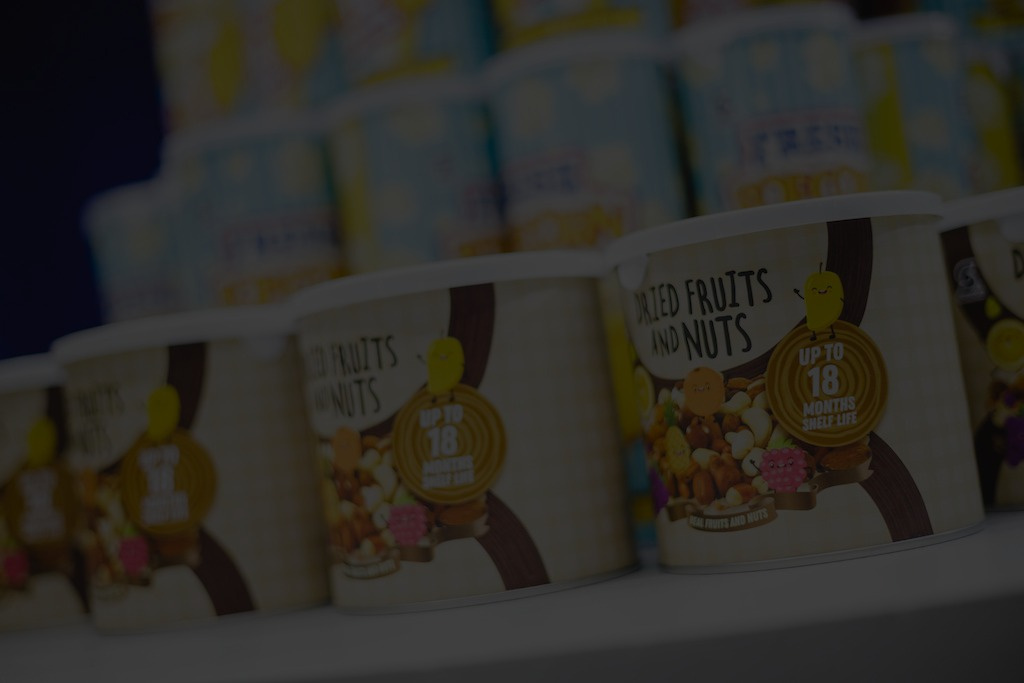What's the first thing you notice when you pick up a can of snacks?
Chances are, it's the design of the packaging.
In addition to containing information about the product, snack packaging design serves as a visual cue to the product's brand. And for most consumers, brand recall is the first thing they notice after picking up that snack.
Snack packaging is constantly evolving as companies strive to make their products more attractive and unique to entice consumers to pick up the snack.
In such a competitive F&B market, there's no denying that you need to make your packaging tagline catchy so potential customers can recall and understand the contents of your snack pack. Retailers also need to consider how they can stand out and differentiate themselves from the crowd to become the brand that customers choose.
What Types of Packaging Are Used for Snacks
Having a hard time finding the right packaging for your snacks? If you're unsure about the types of snack packaging material, then you are not alone!
Here are some common types of snack packaging used for different purposes.
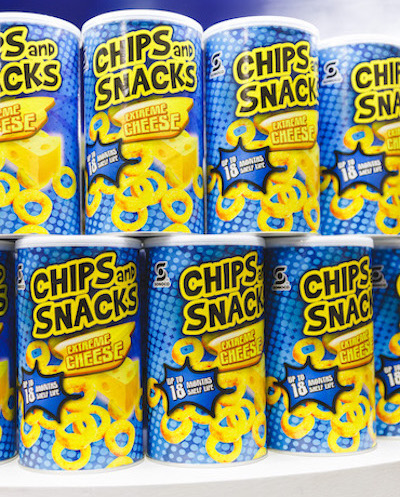
Paper Cans
Containers or cans known as paperboard cans have a paperboard body with inner liners and labels on the outside with plastic or metal ends. Food and beverage industry professionals rely heavily on paper cans packaging due to their excellent moisture and grease resistance. Using these containers, you can achieve an airtight, leak-proof seal by hermetically sealing them.
Paperboard Boxes
Paperboard is a paper-based material that’s lightweight yet strong. It can be easily cut and manipulated to create custom shapes and structures, making it ideal for personalised packaging. It is made by using materials from fibrous materials from wood or recycled wastepaper.
Plastic Containers
Due to their affordability, plastic containers are the most common snack food packaging material. These containers are easy to store, airtight, and can be reused repeatedly. They come in various shapes and sizes, and usually have a detachable lid for easy opening or closing.
Flexible Pouches
One of the many innovative packaging solutions that replaced rigid packaging, which dominated the industrialisation era, is flexible pouches. In its simplest form, a flexible pouch is a foldable, soft, and flexible type of plastic packaging. Single-use packages come with an airtight seal, which helps protect food from contamination.
Metal Cans
Metal containers are made from aluminium, steel, tin, and chromium. Due to its excellent barrier properties, air, oxygen, water vapour, carbon dioxide, and light (especially ultraviolet) cannot penetrate it, causing deterioration or change in its contents.
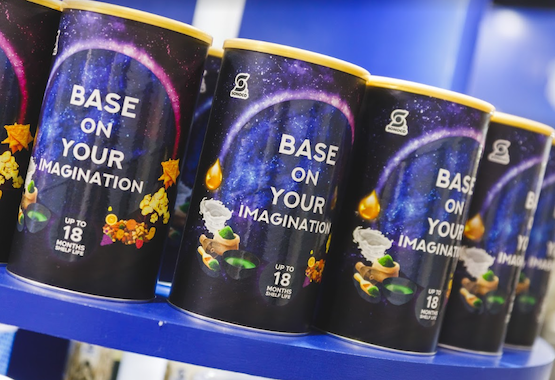
Why are Different Types of Packaging Used
The packaging design of your product holds a huge impact on whether your product makes it in the industry. It’s the most important aspect to draw consumers' attention as the packaging will reflect upon the product itself.
Packaging ensures the protection of products that are meant to be distributed in the market for the purpose of sale and storage.
If you want your product to be highly marketable, it is a must to have an eye-catching packaging design. Knowing the different types of packaging will help you select the right fit to ensure your product performs well in the market.
Top 3 Snack Packaging Designs for 2022
So what are the best snack packaging designs that are trending right now in the market?
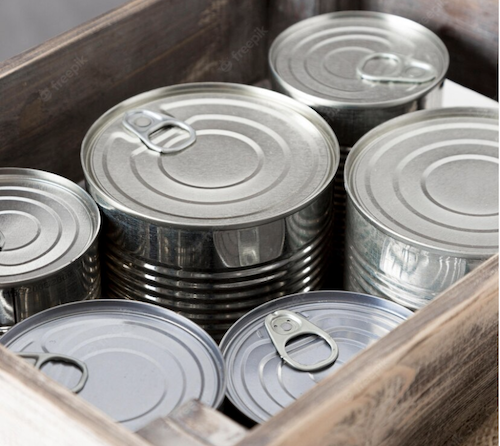
Metal cans
Metal cans are gaining popularity as a snack packaging type in the food and beverage industry due to their durability and safety features.
In addition, metal cans’ durability helps maximise space and storage during transportation as the cans can stack on top of one another without damage. Metal packaging will also ensure a longer shelf life as it provides a strong barrier against UV and oxygen.
It also provides consumers a safe way to store perishable items such as meat or fish or non-perishables such as dried fruit, candy, and nuts. However, metal can packaging is generally heavier due to the durability of its material which also leads to higher costs.
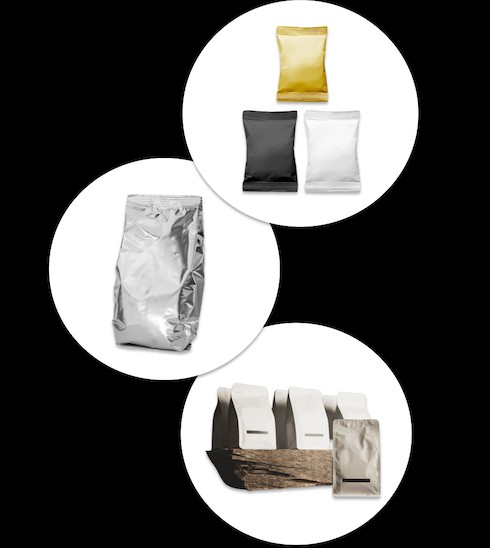
Flexible Pouches
Flexible pouches have gained massive popularity over recent years due to their high functionality, and it can be used to package a wide range of food and beverage items.
They are lightweight, thus making them easy to handle, carry and store. Flexible pouches are easy to open and stand up for easy snacking, pouring and serving.
With the ability to incorporate almost any type of closure (such as a zipper, spout, or twist tie), the flexible pouch is the perfect package for almost any product.
Popular flexible pouches include baby formula, pet food, treats, condiments, breakfast cereal, nuts, candy, drinks and vitamins. While it may seem like the perfect fit for food products, it is also essential for brand owners to be aware of its fragile structure. Foods stored in pouches risk being crushed easily, which does not guarantee their freshness before and after it is opened.
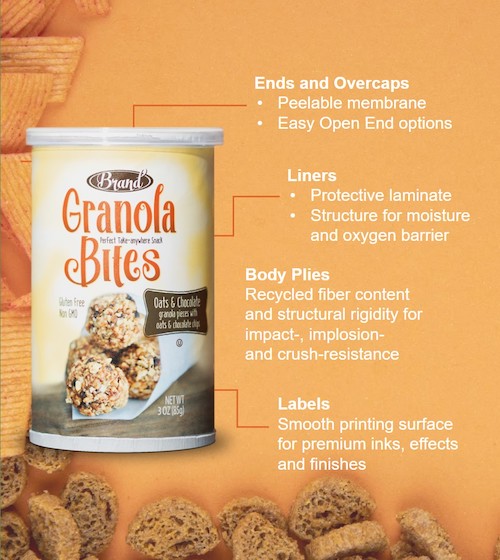
Paper Cans
The market for paper can packaging has been steadily increasing among retailers and fast-food chains. Paper cans have proved to be useful for the consumer as it provides resealability, convenient storage, ease of opening, and delivers physical protection for delicate food.
Paper cans are containers with a paperboard-based body incorporating inside liners and outside labels. The high demand for paper cans in the food and beverage industry is due to their excellent moisture and grease resistance, maintaining the freshness of the food products inside. These containers can hermetically seal to achieve an airtight closure that is leakproof.
For the finishing touch, it can be wrapped in stunning graphic labels that best showcase your company’s brand, making it an ideal choice for premium product presentation.
In addition, paper can packaging is particularly suitable for chips & crisps, cookies, nuts (mixed nuts, macadamia, etc.), popcorn, chocolate, and dried fruits.
Design Your Snack Packaging with SONOCO
In conclusion, it is evident that every food product needs the right type of packaging that stands out from the rest. While a well-designed package with a unique design can distinguish your product from the rest, it is certainly not enough.
Each type of food is packaged differently, so you will need the right packaging materials to ensure the safety and integrity of the product. Paper containers are undeniably gaining popularity in Asia’s snack industry due to their high efficiency and food preservation properties.
Still unsure which packaging to choose? As one of Malaysia’s leading paper-based designers and manufacturers, SONOCO’s mission is to provide brand owners with an integrated solution for their food packaging needs. Let us help you find the best snack packaging design for your business.
